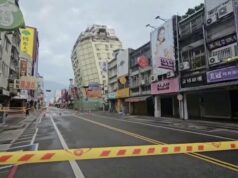Apart From Evicting The PLA Intruders Indians Boycotting Chinese products
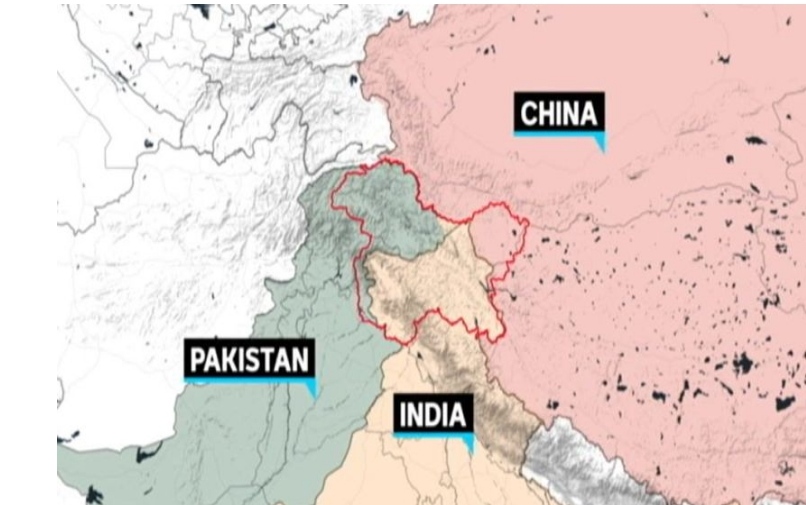
The nuclear powers and terror supporter Pakistan claims both the Indian Union Territory of Jammu & Kashmir and Union Territory of Ladakh.. It is in illegal possession of a portion of UT of Kashmir and Gilgit Baltistan area of UT of Ladhak. China another nuclear power and a close friend of terrorist factory of Pakistan is also in illegal possession of Aksai Chin, Shakshagam Valley, Galwan heights and few other areas of UT of Ladhak. China has also forcibly occupied entire Tibet, a buffer country between China and Pakistan.
Tension between Indian and Chinese forces on the Line of Actual Control on the Indo Tibetan Border had been building for more than a month, with reports of rock throwing as patrol units from each country came into contact.
Last week’s deadly violence reportedly erupted after Indian soldiers forced back the soldiers of PLA who had intruded across the LAC and even erected tents and other temporary structures. The Chinese had agreed to pull back after talks but later in the day refused to do so. These were then dismantled leading to heavy scuffle and brutal fight.
Details of a brutal fight that lasted hours leading to death of 20 soldiers and around 56 Chinese soldiers have certainly raised the temperature in this high altitude terrain.
China has kept its version of events much more closely guarded though no shots were fired.
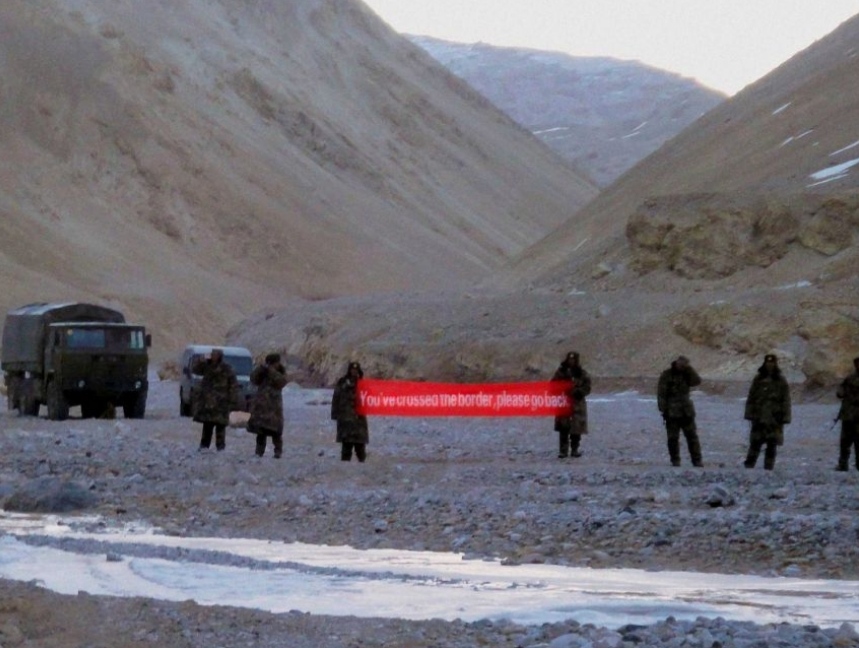
Chinese troops hold a banner which reads “You’ve crossed the border, please go back” in Ladakh, India.
Beijing has accused Indian troops of aggression, while Delhi has accused China of making new assertions of sovereignty by trying further intrusion across the LAC on the Indo Tibetan Border.
Senior military leaders have since been in de-escalation talks, but new satellite pictures show both sides are building up their forces on each side of the temporary holding line, known as the Line of Actual Control. The situation remained extremely tense.
India has finally and fully responded to an aggressive Chinese build-up that had taken place on the Chinese side.
“The very trigger point for this entire situation, I imagine, has been that India has taken the initiative to catch up on the precise issue of infrastructure. India’s infrastructure is no longer ad-hoc, it’s no longer tentative, it’s no longer stop and go, there’s been a relentless political effort to continue and finish infrastructure projects.” Said an analyst.
Apart from the military build up on the LAC to stop the Chinese misadventure of any sort, both the people of India and the Indian Government is determined to punish China by hitting back where it will hurt the most.
Chinese telecommunications companies, such as Huawei, are increasingly expected to be banned from taking part in critical infrastructure projects.
Already, a Chinese company building signals for a 417-kilometre stretch of railway has had its contract torn up despite the job being only 20 per cent done.
India will now take measures to delink its economy and not remain dependent on China — including refined iron, steel products and other basic materials needed for production. Soon India’s reliance on China should be coming down drastically.
India is the largest generic manufacturing [country] in the world and h in this regard supply of active pharmaceutical ingredients come from China. So one of the first action will be to start the manufacturing of own ingredients.
As a first step India will it resort to heavy tariff actions. Though what is going to happen is it’s going to make a large number of essential imports expensive — that would financially impact a large number of enterprises in India. However we should be willing to pay this price for our self respect.
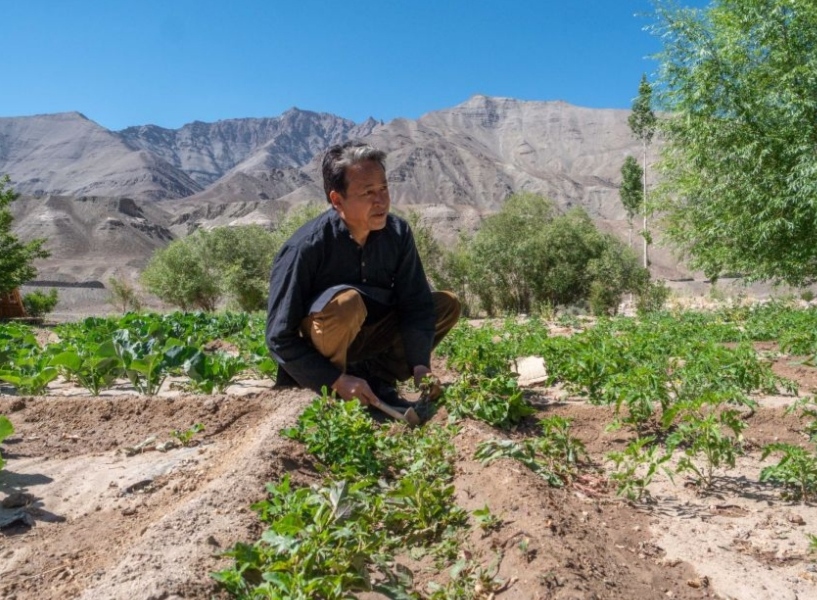
Sonam Wangchuk lives in the border region of Ladakh and has been urging Indians to boycott Chinese products.
The dependence is not one-sided, with China relying on India’s huge population as a lucrative market for its goods. If someone looks at consumer goods in India, across the middle and high range products like smartphones and LED television, a very large amount of these products are being imported from China.
China will lose this huge consumer market finally.
Mr Wangchuk admits India has a long way to go before it can be economically distant from China, but said it be achieved through incremental stages.
“We should be cool-headed,” he said.
“[Boycott] software in a week —this is easiest. Hardware in a year. And mixed products with raw material and parts from China, give them two-years.
“In two-years, I believe a new ecosystem will develop. Customers will respond. Customer is the king.

Indian model and actress Sakshi Agarwal has promoted India’s boycott China movement.
Indian model and actress Sakshi Agarwal uses social media to champion a healthy lifestyle, but in the past week her various accounts have taken on a Nationalist tone.
She’s started to encourage fans to boycott China-made products.
As anger boiled following a deadly brawl between Indian and Chinese troops, the 29-year-old announced she was deleting Chinese video-sharing social media app TikTok and vowed to boycott endorsements for Chinese companies or buy their products.
“India is a very peaceful country and what happened at the Galwan Valley really upset me,” Ms Agarwal told the ABC.
“For the first time in my life, I’ve taken a Nationalist stand on social media.”
Agarwal became a household name in south India after appearing on the Tamil reality television show, Bigg Boss Tamil, and is now a star of south Indian film industries, known as Mollywood and Kollywood.
She’s one of several celebrities who have made declarations in support of boycotting China-made products and sponsorships.
Others have included former international cricketer Harbhajan Singh, television actresses Kamya Punjabi and Shubhangi Atre, and model Milind Soman.
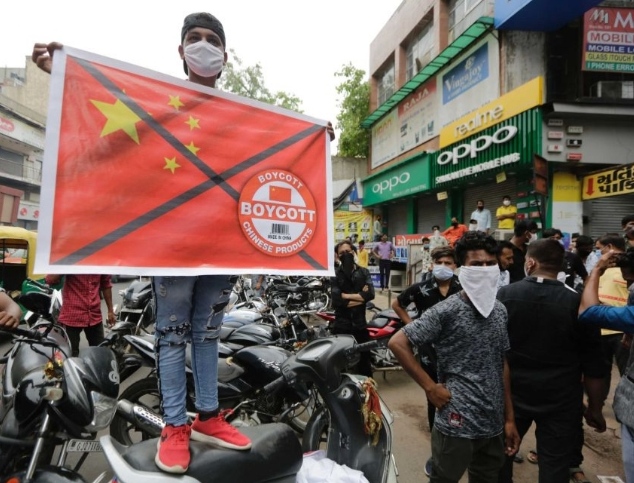
Some have begun calling for the boycott of Chinese products in India after border clashes broke out between the two countries.
Agarwal lost more than 200,000 followers when she deleted TikTok, but she said it was an important first step to encourage others to step away from China-made products in favour of Indian ones.
“It was a very important app for me, once upon a time,” she said.
“You get to do a lot of things in terms of connecting with your fans — posting workout videos, dance videos — but it doesn’t seem important anymore.
“We have Indian alternatives. My patriotism just takes over.”
The idea behind the boycott China movement
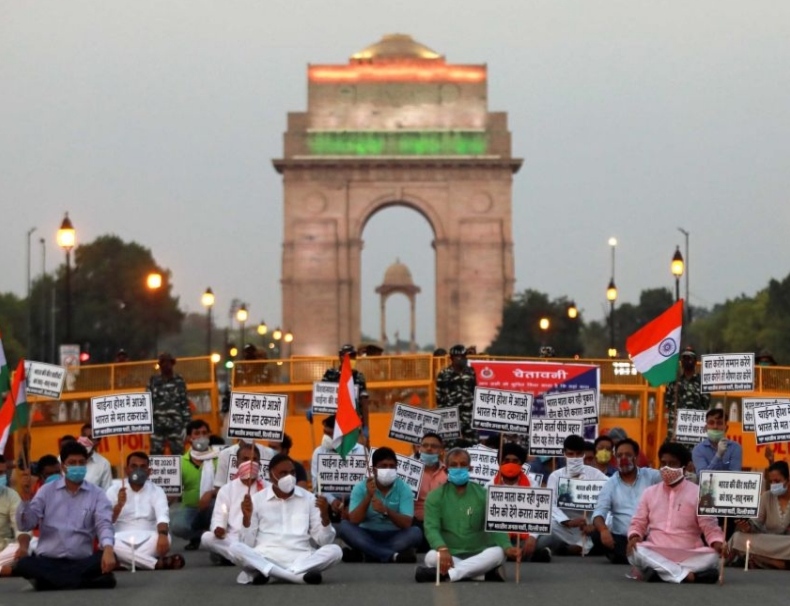
Supporters of India’s ruling Bharatiya Jayanta Party have been protesting against China around the country.
Anti-Chinese sentiment has been building in India for months, if not years, fuelled in part by a concern that Indian businesses have been severely outcompeted by cheap Chinese imports.
But the movement ramped up after tensions along the disputed border exploded in a deadly hand-to-hand fight on June 15, which resulted in the killing of 20 Indian soldiers and an estimated 40 Chinese deaths, according to Indian media.
It was the first outbreak of deadly violence along the hotly contested Himalayan border since 1976.
In the days before the deadly violence, engineer Sonam Wangchuk — who lives in the border region of Ladakh — uploaded a video to YouTube urging Indians to boycott Chinese products, which he said were bolstering a “totalitarian regime”.
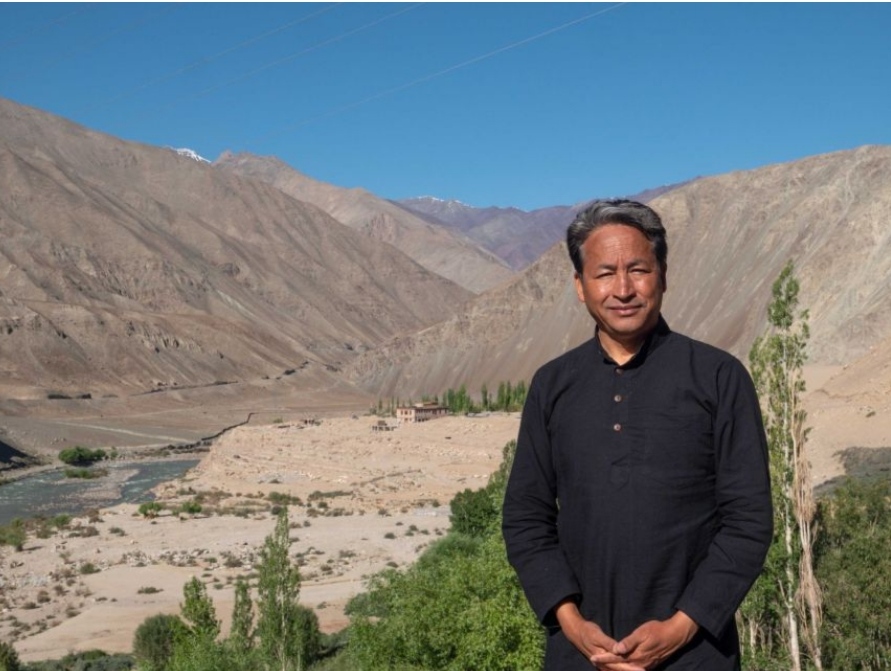
Mr Wangchuk says Indian citizens should be “cool-headed” about the boycott of China products.
He argued it was important to push for change “with wallets rather than bullets”.
“There’s nothing we have against the people of China, the civilisation of China, or even the goods and products of China,” Mr Wangchuk told the ABC.
“It’s the regime that we enrich and empower by buying these goods.”
A Hindi version of the video has since racked up more than four million views, while the English version intended for an international audience has around one and a half million views.
“If we only respond militarily … it will unite their people with this regime,” Mr Wangchuk said.
“But if we respond economically it will awaken the people, and that is what the Chinese regime fears the most: its own people.”
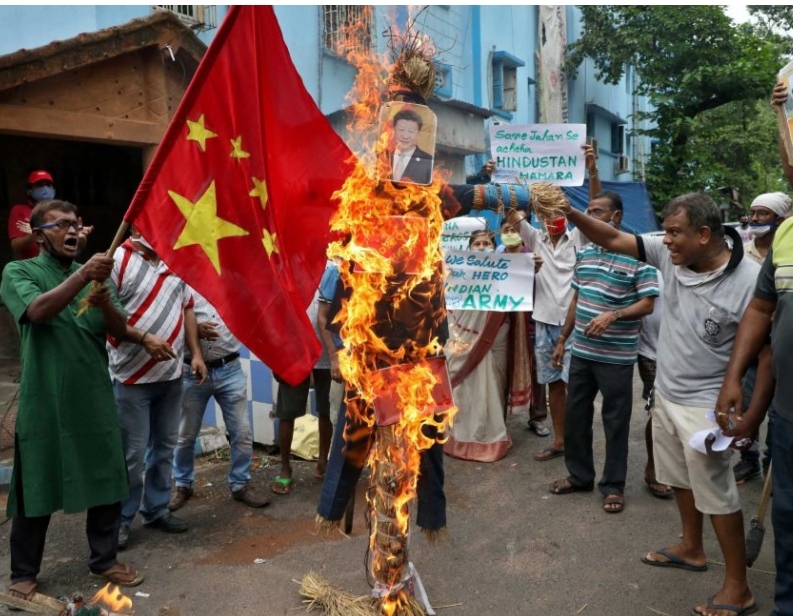
Some Indian demonstrators have taken to the streets and burned effigies to show their anger at China.
More recently, however, Mr Wangchuk has become concerned that the Boycott China movement has evolved into something more hostile than he intended.
People have started burning effigies of Chinese President Xi Jinping and smashing Chinese-made goods like smartphones and televisions.
“It became too much, too intense and emotional with people throwing their televisions, burning gadgets,” he said.
“That’s never something I meant.”


